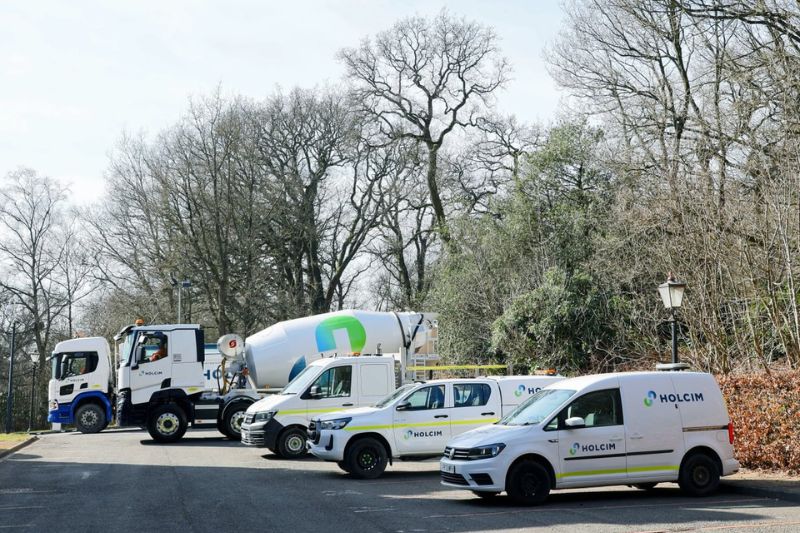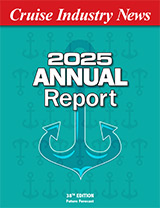Holcim U.K., a player in energy-intensive quarrying and construction, announced the national rollout of Fuelre4m’s Re4mx fuel-conditioning technology across more than 200 sites, following three years of real-world testing.
The results showed up to 20 percent reduction in fuel consumption and up to 23 percent fewer emissions from fuel burned.
Added directly to fuel onboard, the solution enhances the combustion efficiency of existing fuels without changing ship infrastructure, ensuring results without downtime. The model is already in place across maritime operations globally.
Rob Mortimer, CEO of Fuelre4m, told Cruise Industry News that the biggest obstacle the young company has is that everyone says it’s too good to be true.
Nothing works like this, he said.
Fuelre4m officially launched in January 2024, but the discovery, testing and work behind it go six years back. Mortimer said he was working on a hybrid generator at the time.
“Somebody came to me with a little bottle of yellow liquid and said, ‘Put this into your fuel tank. It’ll make the engine work better, reduce fuel consumption and make the fuel smell better. It did what he said,” Mortimer said.
The test results were so good that they bought the company that produced the technology.
The Cruise Industry
Mortimer said the solution will help the cruise industry drastically cut down emissions and consumption.
“You have a very big industry with lots of big consumers. You can make a big difference very quickly,” he said.
“With all the regulations coming in, (cruise companies) are being forced to make choices on technology that’s not ready,” he added.
However, the solution offers a way to immediately comply with regulations.
“You can buy another three or five years … You can just drop this in and be better than compliant with all the IMO regulations straight away through 2030,” Mortimer said.
How the Solution Works
Mortimer explained that the more fuel you can combust in the engine, the less uncombusted fuel there is going out the exhaust, creating emissions.
“We’re not making any changes to the fuel; we’re just making it behave differently to produce more power. Typically, about 75 percent of fuel combusts, and 25 percent goes to the exhaust. If you had 100 percent combustion, you wouldn’t get the emissions. We make sure that more is converting to push the piston.”
“It’s in the name that we’re reforming fuel. We’re a fossil fuel reformer,” Mortimer said. “You don’t need to make any changes. Every vessel that is sailing can meet IMO requirements without any retrofit — no upgrades, no changes of fuel, no changes to technology.”
“The product is compliant with all the fuels out there. If your fuel is compliant before you put our product in, it’s still compliant,” he added.
He also explained that they make sure that they understand what the engine is doing, what power and thrust are coming from the engine and how the fuel is behaving in the engine.
Mortimer noted that despite new technology being implemented onboard ships, there’s a lack of understanding of the relationship between fuel and the equipment monitoring it.
The company’s biggest process is always teaching the companies about fuel combustion and how to monitor it correctly, he added.
Going Forward
Mortimer said that the solution has been tested on vessels and that, looking forward, the company is considering companies moving towards biofuel, as its product works well in those.
“We’ve got less obstacles to overcome if they’re already considering dual-fuel engines,” he added. “We’re waiting to see which companies are interested in engaging.”




